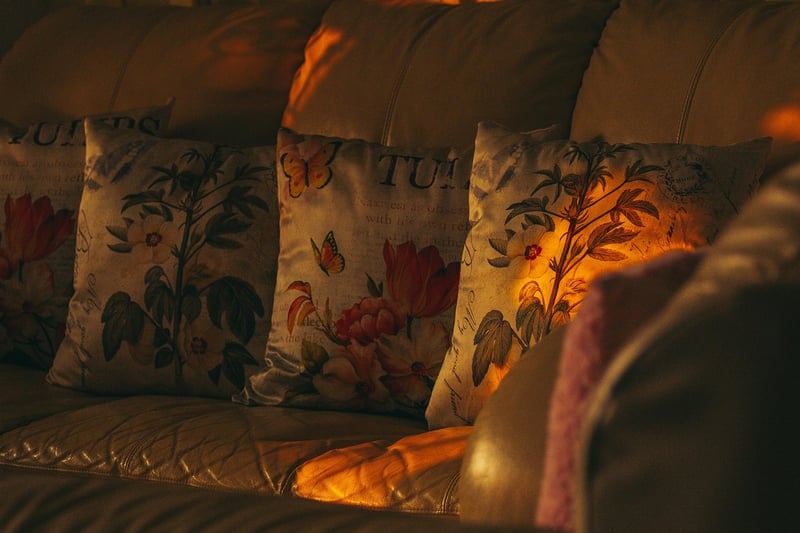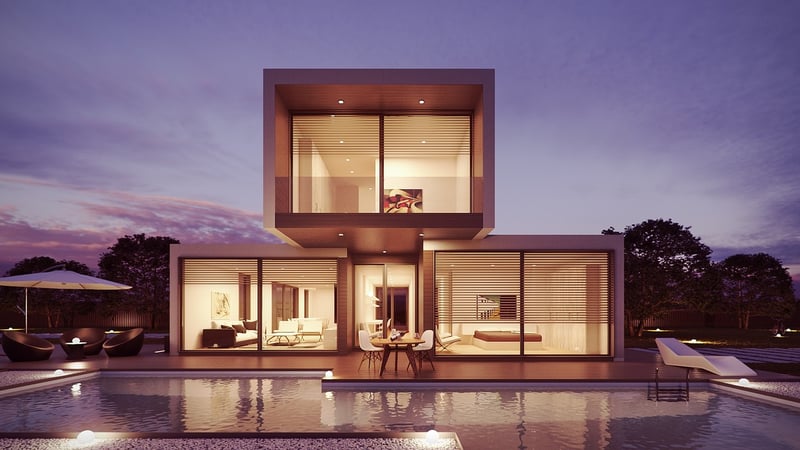Minimalist Design
The Art of Minimalist Design: Essential Elements and Practices
Welcome to the world of minimalist design, where less is more and simplicity reigns supreme. If you're someone who appreciates clean lines, uncluttered spaces, and a sense of calm in your surroundings, then minimalist design might be just the style for you. In this article, we'll explore the essential elements and practices of minimalist design, helping you create a sleek and sophisticated space that speaks volumes through its simplicity.
Key Elements of Minimalist Design
Minimalist design is characterized by a few key elements that set it apart from other styles. These elements include:
- Clean Lines: Minimalist design emphasizes clean, straight lines that create a sense of order and simplicity in a space.
- Neutral Colors: A minimalist color palette typically consists of neutral tones such as white, black, gray, and beige, which help create a serene and unobtrusive environment.
- Functional Furniture: Furniture in minimalist design is often simple, functional, and free of unnecessary ornamentation, focusing on practicality and comfort.
- Empty Space: Negative space plays a crucial role in minimalist design, allowing breathing room for the eye and creating a sense of openness and clarity.
- Minimal Decor: Decorative elements are kept to a minimum in minimalist design, with a focus on quality over quantity and a preference for a few carefully curated pieces.
Practices for Achieving Minimalist Design
To embrace minimalist design in your space, consider the following practices:
- Declutter: Start by decluttering your space and getting rid of items that don't serve a purpose or bring you joy.
- Focus on Functionality: Choose furniture and decor pieces that serve a functional purpose while enhancing the overall aesthetic of the space.
- Embrace Negative Space: Allow for plenty of empty space in your design to create a sense of calm and balance.
- Quality Over Quantity: Invest in high-quality pieces that will stand the test of time rather than filling your space with disposable items.
- Keep it Simple: Avoid unnecessary embellishments and decorations, opting instead for a clean and minimalist look.
Examples of Minimalist Design
Take a look at these inspiring examples of minimalist design:

Image source: Pixabay

Image source: Pixabay
By incorporating these essential elements and practices of minimalist design into your space, you can create a harmonious and visually appealing environment that exudes elegance and sophistication. Embrace simplicity and let the beauty of minimalist design speak for itself.
